It’s nice when vegetables, fruits and berries planted by yourself ripen in your own beds. In order to get a good harvest, you need not only to water and remove weeds during the growth period of the planted plants. It is also important to pre-prepare the soil. One of the main preparatory stages is considered to be digging up the earth in the autumn.
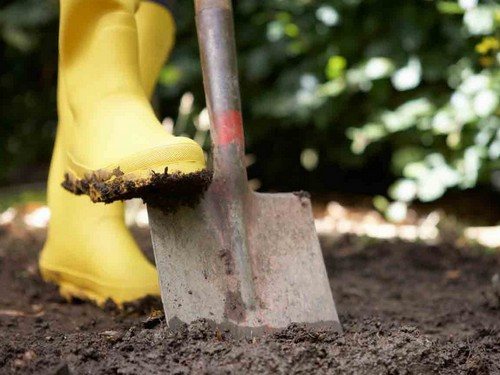
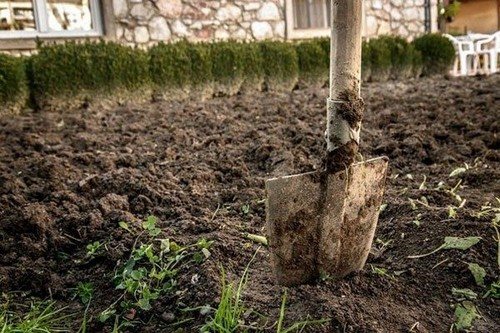
Advantages and disadvantages of digging soil in the fall
There are quite a lot of opinions on the topic of whether it is necessary to dig up the soil on your personal plot after the harvest has been fully harvested. Some say that this is a very important, necessary preparatory stage for growing a larger crop in the new season. Others, on the contrary, argue that this is not only a waste of time, but can cause deterioration in the condition of the soil.
Advantages
- Weed removal. When carrying out autumn digging, you can remove grass roots from the beds, thereby reducing its amount in the new season. Some weed seeds may die if they fall on the surface of the ground during frost.
- Enriching the soil with oxygen. When oxygen penetrates the soil, it promotes faster decomposition of organic matter, and this can significantly increase its fertility in the future.
- Reducing the risk of pathogenic flora in the soil. On any plot of land, bacteria live in the soil, as well as viruses, which thrive if the soil is not often dug up.As a result, plants can become infected with various diseases, and productivity decreases accordingly. Based on this, autumn digging is considered a necessary preventive measure.
This fact is also of no small importance. When digging the soil in the fall, you can add fertilizer, for example, manure or rotted compost. During the winter period, it will help saturate the soil with useful substances, which will allow you to reap a good harvest in the new season.
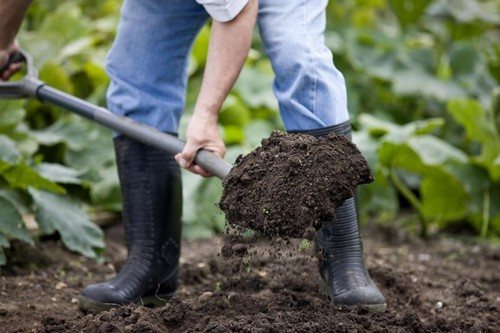
Flaws
- Microflora imbalance. In case of digging, the top and bottom layers change places, and accordingly, microorganisms present in the soil may die during frosts.
- Reducing the number of beneficial insects. The fact is that most insects that enrich the earth with oxygen cannot tolerate frost. When digging is carried out, they may end up on the surface of the ground and freeze in winter.
- Autumn digging as an activator of weed growth. Many people know that some weeds from a small fragment can become a full-fledged plant. But the seeds of many plants can remain in the depths of the soil for a long time, and when the beds are dug up, they fall to the surface. As a result, it will be possible to observe weeds that have not grown in this place for a long time.
Gardeners, based on the fact that digging in the fall is impractical, believe that the best option would be to mulch the beds. But it is worth considering that if there was a lot of snow in the winter or it rained frequently, there will be an excess of moisture under the mulch, and as a result, various pathogenic microorganisms may appear.
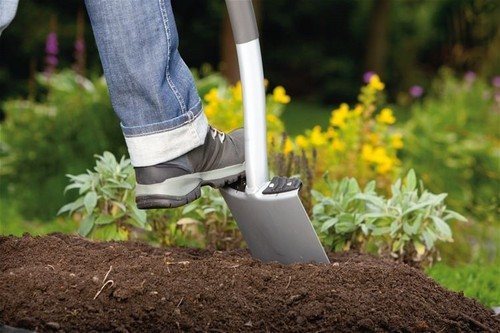
When is the best time to dig up soil in your own garden bed in the fall?
If you need to dig up a plot after harvesting, you need to take into account some important nuances. Namely:
- It is recommended to carry out preparatory work immediately before the onset of frost. Approximately, this could be the end of September and until the beginning of November. In this case, you need to navigate based on the regional affiliation of the area. The fact is that in some regions of the country, winter comes quite early, so the soil should be dug up already in September.
- During the digging process, there is no need to break up lumps of earth if they form. There is also no need to turn over the soil so as not to swap the top and bottom layers of soil.
- As for the depth of digging, it all depends on what plants will grow in this place in the new season. For example, if potatoes, carrots, beets or parsley will grow at the digging site, then the depth should be approximately 20-30 centimeters (per shovel bayonet). If tomatoes, cucumbers, peppers and legumes are planted, then you should not dig deeper than 5-10 centimeters.
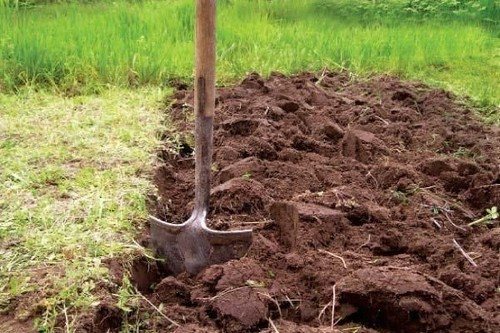
In conclusion, it should be said that based on the opinions presented, you can decide whether digging needs to be done in the fall or not. After all, every gardener is guided by his knowledge regarding his land plot. Because he knows what the soil composition is on the site, where and what kind of plant will grow.



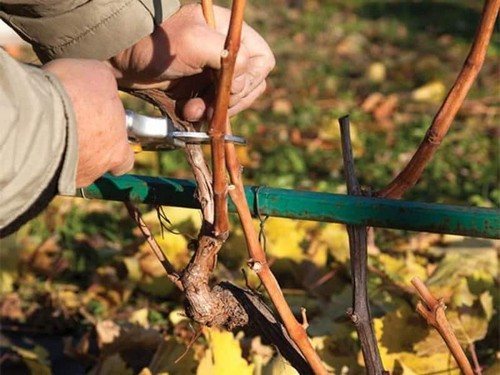
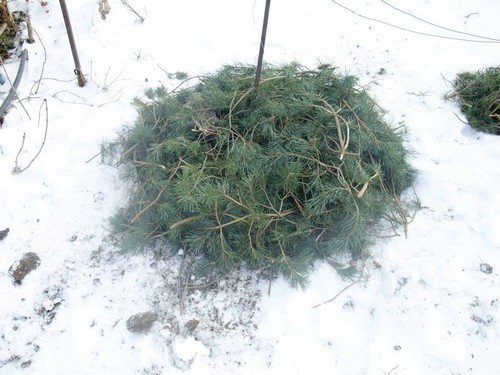
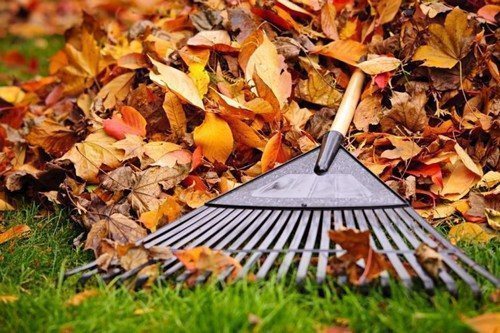
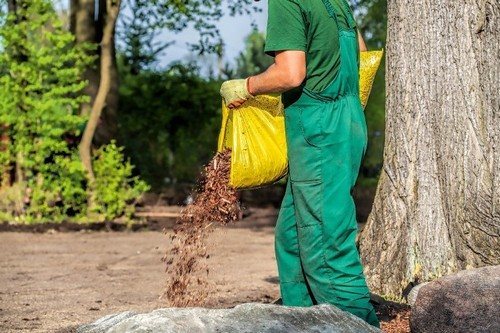
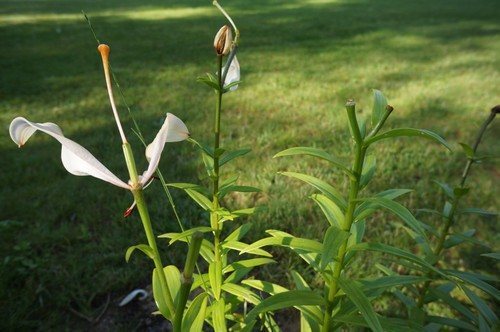
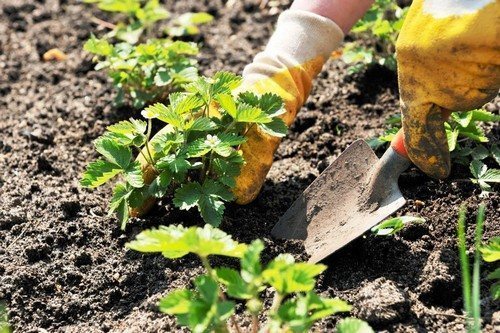

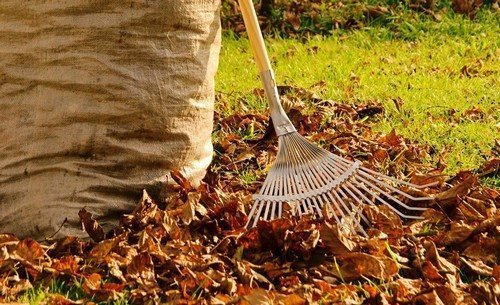
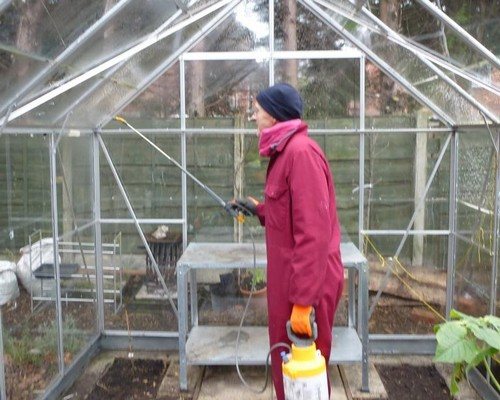
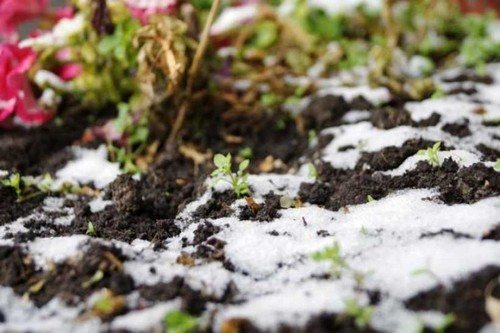
You definitely need to dig before winter, especially if you have a motor cultivator. Six hundred square meters is three to four hours of work without stopping.
Digging is needed. For example, if you dig up manure to a depth of 7-8 cm, then 25 percent of humus will be formed, if you simply spread 5 percent over the top. Humus is the fertile layer of soil. Grass is also a fertilizer; it should also be buried at a depth of 7-8 cm to form humus. Everything is elementary, you just need to analyze it a little